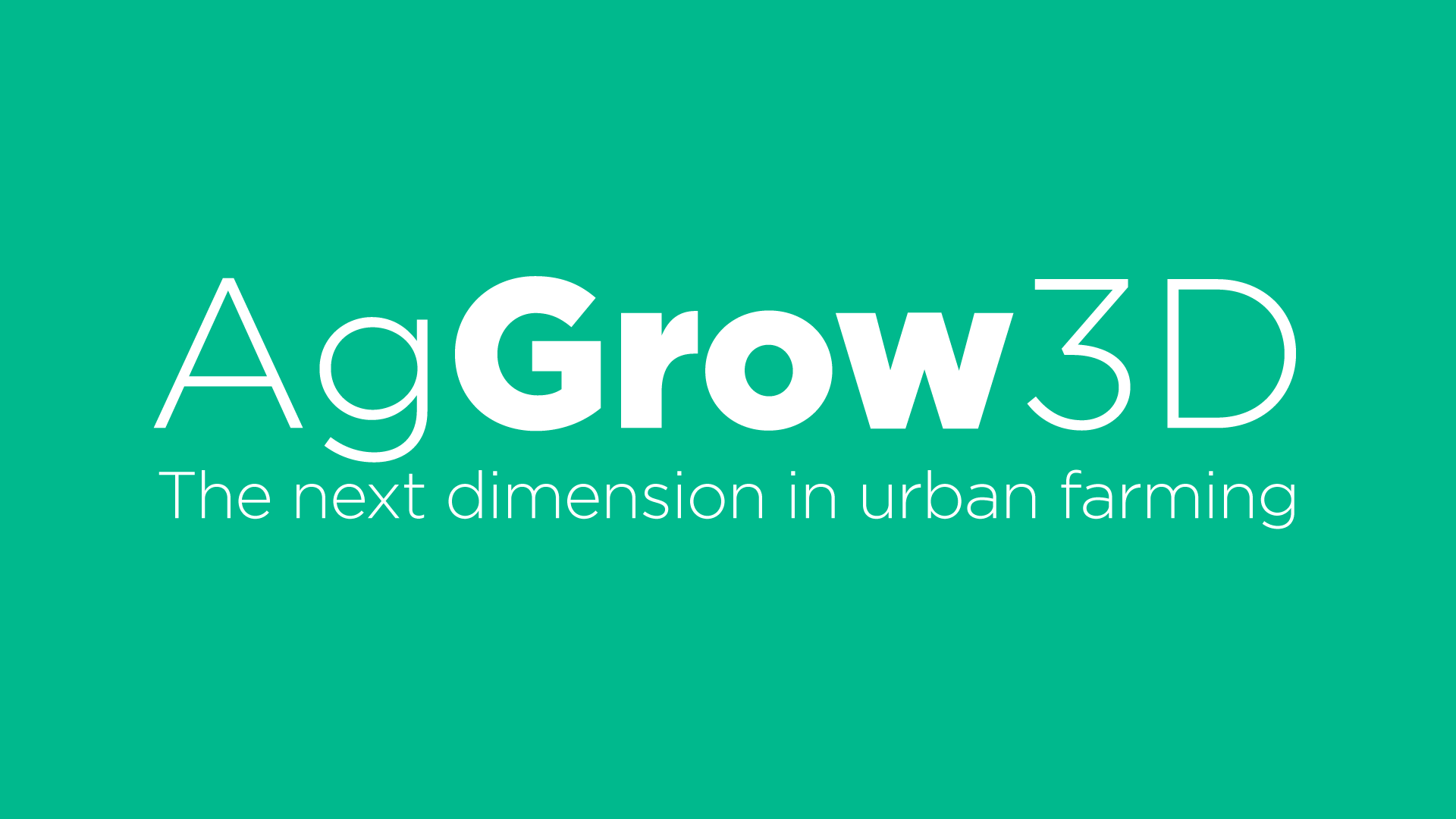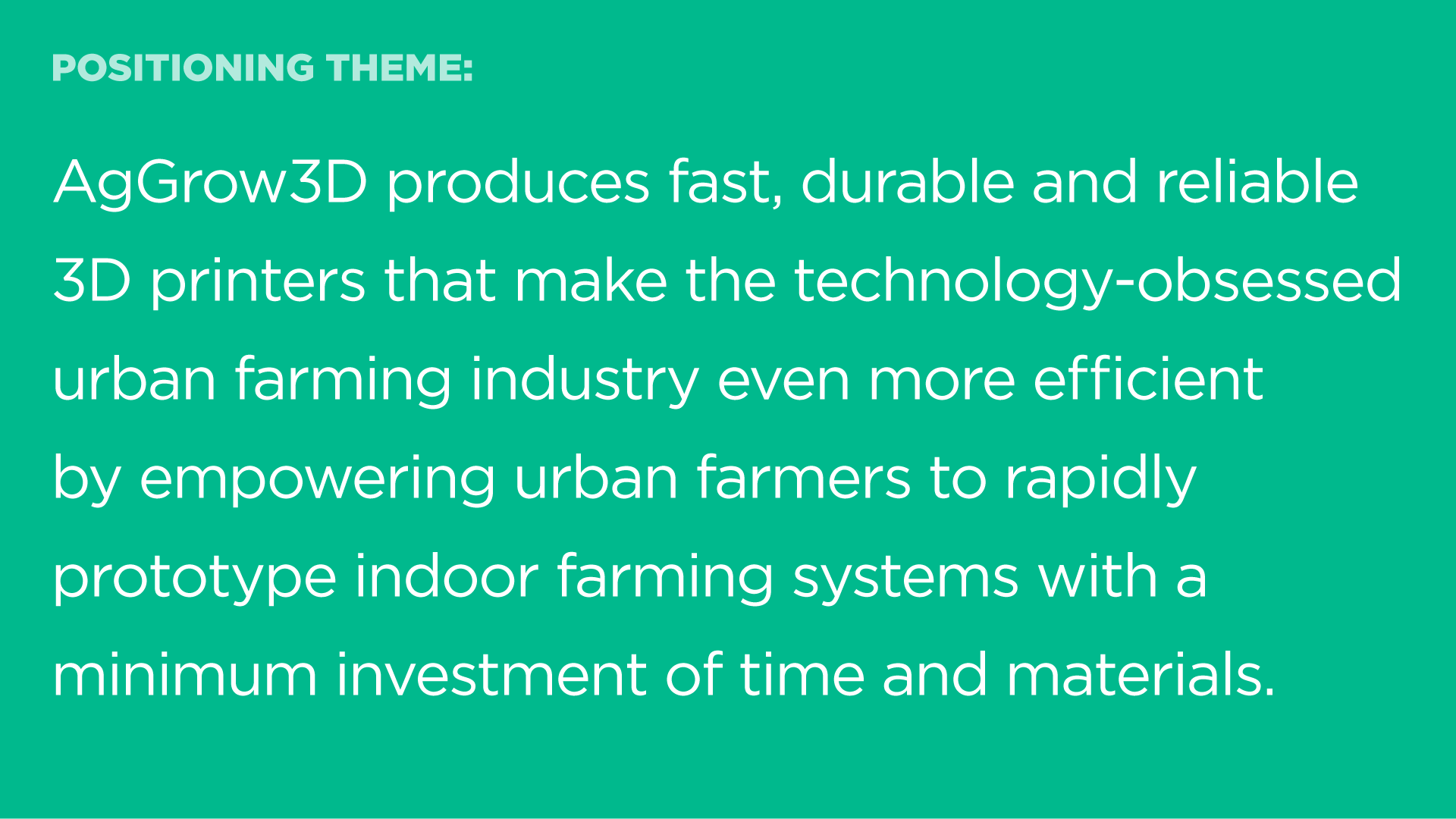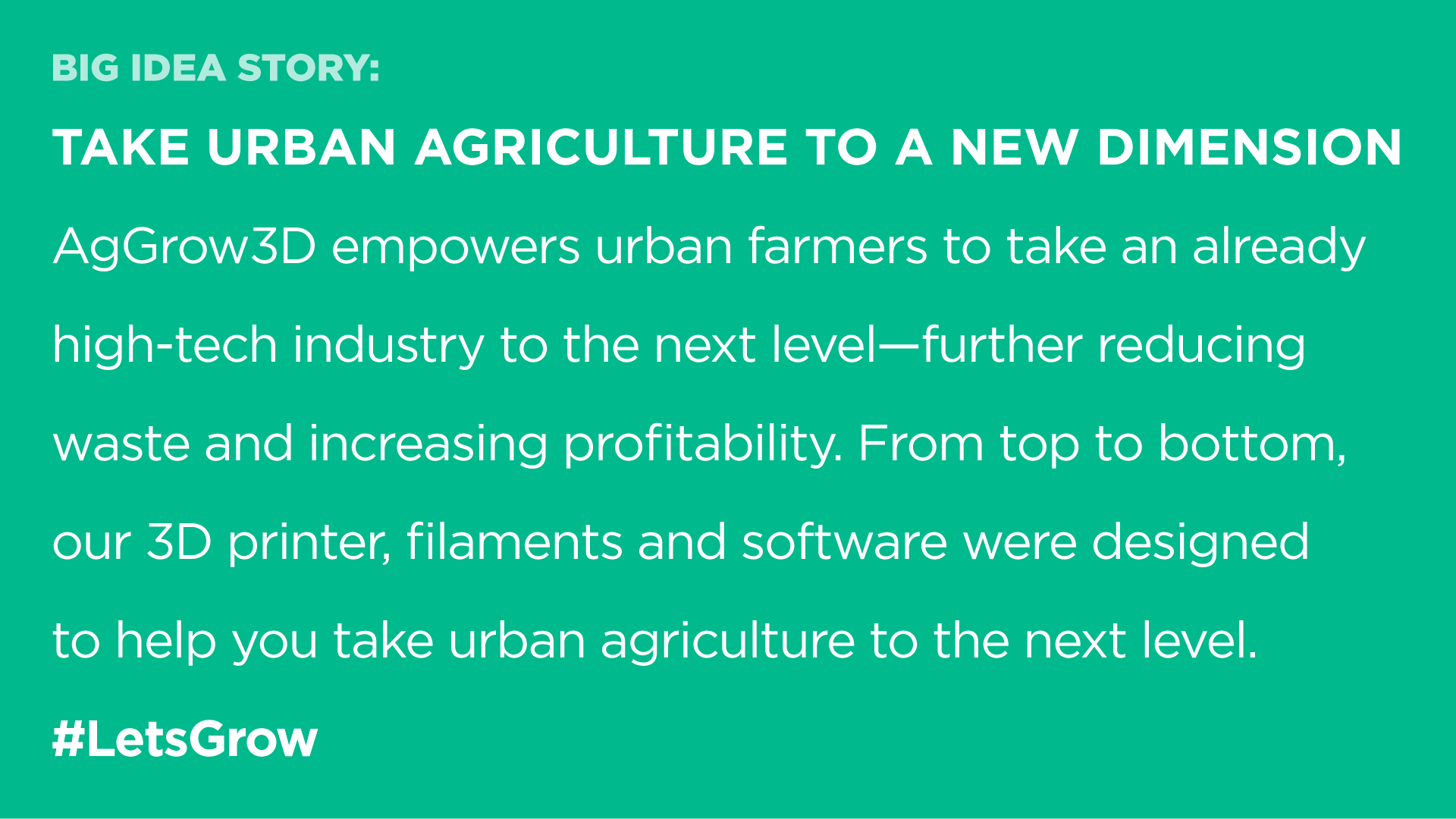How positioning establishes the foundation for sales and marketing
In our article, the benefit of sales and marketing alignment, we explored the ROI of aligning your marketing and sales departments. For the fifth installment in our series, we’ll dive into the power of positioning. A critical piece of your brand strategy, a well-developed and documented brand position will serve as the foundation upon which all future sales and marketing efforts will be built.
Here we’ll cover, in broad strokes, the process of developing, discussing and documenting your brand positioning. If you’re playing along at the office, feel free to use our handy positioning framework worksheet.
A lot of time and effort goes into developing your brand positioning. While the process itself can generate reams of paper, the culmination of your efforts should be a one-page document that is easy for everyone to understand.
Your positioning excersise could easily produce a novella. Work to boil it down to one page.
Our Positioning Framework is split into seven sections, though they are not developed independently or chronologically:
Brand tagline
Sometimes called a slogan, or a strapline if you’re British, your tagline packs your brand ethos down into a few powerful, memorable words. Taglines typically change more often than your logo but less often than your campaign theme. If tagline ideas don’t readily come to mind, don’t fret. Follow the rest of the process and circle back to your tagline later in the process. Also, not every business needs a tagline. By following the positioning framework process, you’ll better understand if a tagline is right for your brand.
Let’s look at a hypothetical company that makes 3D printers designed to help urban farmers create custom indoor farming systems. Let’s imagine they’re called AgGrow3D. Their tagline could be:

Campaign theme
Your campaign theme is two to five words that speak to the objective of the particular campaign at hand. This might remain strictly internal, or it might be reflected in your positioning theme.
Let’s imagine AgGrow3D’s biggest challenge is that urban farmers see 3D printers as a cool tool for tinkerers, but don’t see a return on investment for their business. Their campaign theme might be:

Positioning theme
Your positioning theme starts with an equation:
Your company does [service or product offering]
for [specific audience/persona]
with [description of key benefits].
While the equation looks simple enough on paper, developing a sound positioning theme requires a deep dive, uncovering your audiences’ pain points and developing language that directly addresses those pains. The positioning theme is often internal language that guides the ideation of your big, creative external story.
AgGrow3D’s positioning might be something like this:

Big Idea story
When you run an ad or put together this year’s tradeshow booth, your Big Idea will be front and center. This is often the first bit of information a visitor reads on your website, or in your marketing and sales materials. The Big Idea is broad enough to appeal to your audience at large while sharing concise and compelling proof points for your key audience.
Consider how your Big Idea will translate across all media. Think about what hashtags might be appropriate.
The Big Idea story is often a punchier, more externally-focused version of your positioning theme. AgGrow3D’s Big Idea story could go something like this:

Emotional connection
Your potential customers won’t connect with your brand unless they have a reason to care. How will you make their lives easier? Help them get their nights and weekends back?
Audience(s) & personas
Defining your audience(s), mapping their buyer journey and documenting your customer personas is critical. Knowing who you’re talking to and where they currently are in the buying process will help you communicate more effectively.
Proof points
A marketing claim is nothing more than that if you can’t back it up. Document the science behind the sell and prove you can deliver as promised. Dial in distinct proof points for each of your audiences. Customer testimonials, whitepapers and objective third-party reviews can all be effective proof points.
Know your place in the space
Documenting who you are, who you’re not, and where you’re going as a brand is a critical first step to getting and holding the attention of potential customers and ultimately building brand love.
Next up: Educate, inspire, reassure
Sales and marketing have an equal, shared responsibility to help guide the customer through the buying process. Next up in our series on sales and marketing alignment for B2B 3D printer brands, we’ll cover the three things your sales and marketing efforts must accomplish: educate, inspire, reassure.
Other articles in this series:
Part 7: Taking market share from the big guys
Part 6: Educate, inspire, reassure
Part 4: The benefit of sales and marketing alignment
Part 3: Mapping the buyer journey
Part 2: Long-shot, convertible and available customers
Part 1: Influencers and validators and deciders, oh my
About Toolbox Creative:
Toolbox Creative is a B2B Brand Engineering firm, helping the 3D Printing, Ag Tech and Clean Tech industries change the world. We distill complex technologies into powerful identity systems, websites and marketing tactics that align sales and marketing efforts, create lasting impact and build brand love.



